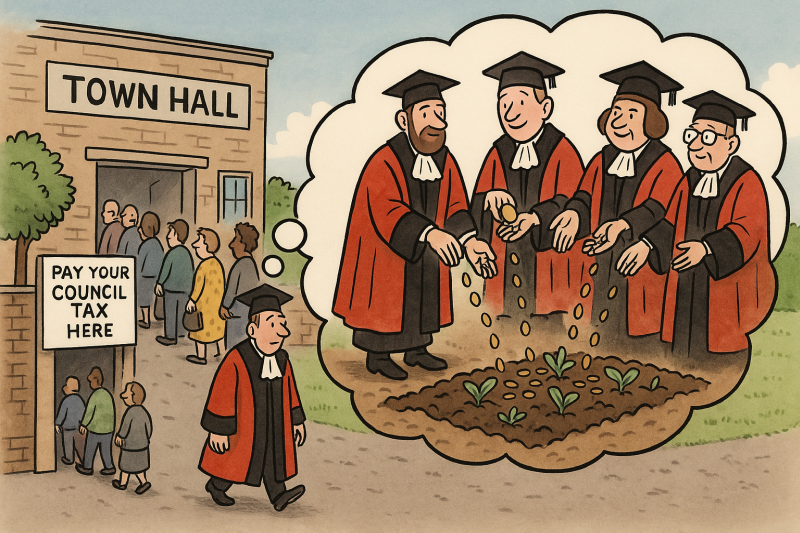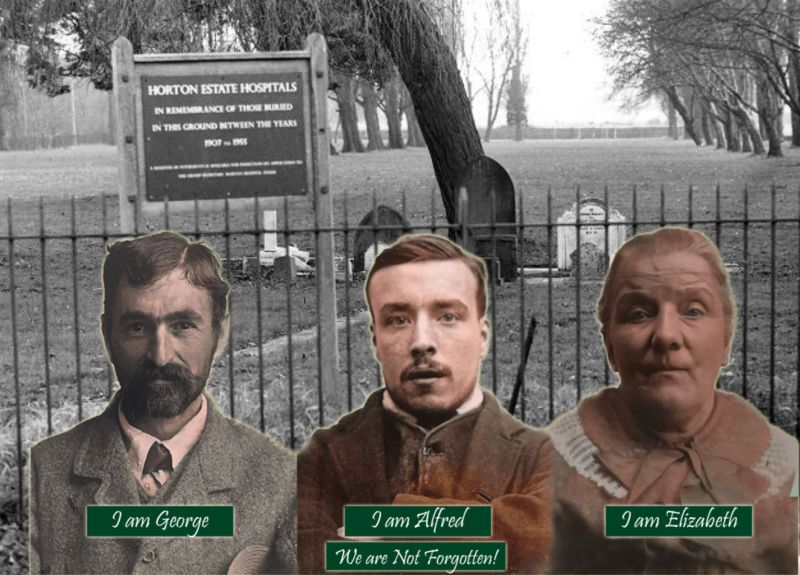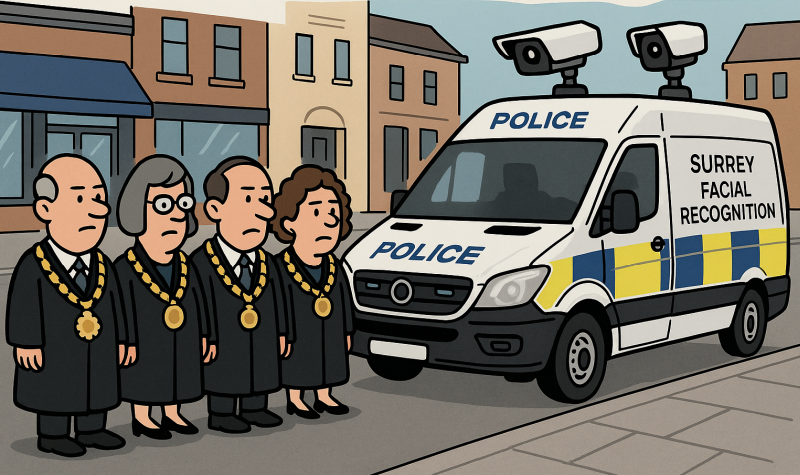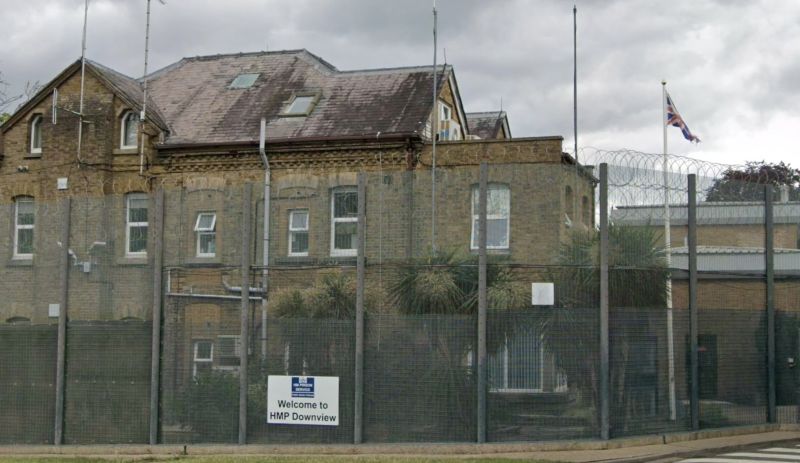Woodland Trust in Epsom and Ewell paradox
The Woodland Trust (WT) has highlighted that Epsom and Ewell Borough Council (EEBC) is among the majority of local councils yet to declare a nature emergency or establish a dedicated nature recovery action plan. According to WT, EEBC has not embedded nature recovery into its policies nor committed to managing 30% of council land for nature recovery by 2030.
Ironically, within the borough of Epsom and Ewell lies Langley Vale Wood, one of the UK’s four First World War Centenary Woods, and the sole representative for England. Owned and managed by the Woodland Trust, this expansive woodland spans approximately 259 hectares (641 acres) and features pockets of ancient woodland, diverse wildlife, and panoramic views over the North Downs.
Established as a living memorial to those who sacrificed their lives during the First World War, Langley Vale Wood stands as a testament to the importance of nature conservation and biodiversity. The site was purchased by the Woodland Trust in 2014 and has since seen the planting of around 180,000 trees.
Despite not having a standalone nature recovery action plan, EEBC has implemented biodiversity initiatives. The council is currently five years into its second ten-year Biodiversity Action Plan (BAP), which runs from 2020 to 2030. Councillor Liz Frost, (RA Woodcoate and Langley) Chair of the Environment Committee, emphasised the council’s commitment to biodiversity:
“Epsom & Ewell Borough Council is five years into its second ten-year Biodiversity Action Plan. The current plan contains five objectives with 27 targets to support. It aims to ensure both the long-term protection and enhancement of biodiversity within our borough and prioritises our resources so that they are used effectively.
We work closely with local volunteers and partners to take action to support biodiversity in the borough. For example, last year we worked with the South East Rivers Trust to build a new Wetlands on the Hogsmill Local Nature Reserve, which is helping to improve the water quality of the Hogsmill River. This is a globally-important chalk stream and is supporting biodiversity in the area, including species whose numbers have dwindled, such as water voles, fish and eels.
The council also has an in-house ecologist who scrutinises all planning applications and advises on their impact on biodiversity, and how any impact might be mitigated.
Another example of how biodiversity action is embedded in council strategy can be found in the Proposed Submission Local Plan in which, following the Regulation 18 consultation, we included increased energy efficiency standards for new homes and the allocation of additional sites in the urban area. The Council’s Local Plan also contains specific policies relating to biodiversity and geodiversity which, once adopted, will require development to have regard to nature recovery, and to Surrey County Council’s Local Nature Recovery Strategy once this has been adopted by Surrey.”
EEBC has also adopted a five-year Climate Action Plan (2025-2029), approved by the Environment Committee in October 2024. While EEBC has not formally declared a nature emergency, its biodiversity and climate strategies indicate a commitment to environmental sustainability. The council’s involvement in Surrey’s Local Nature Recovery Strategy further demonstrates its role in regional efforts to promote nature recovery.
Image © Copyright Ian Capper and licensed for reuse under this Creative Commons Licence.















